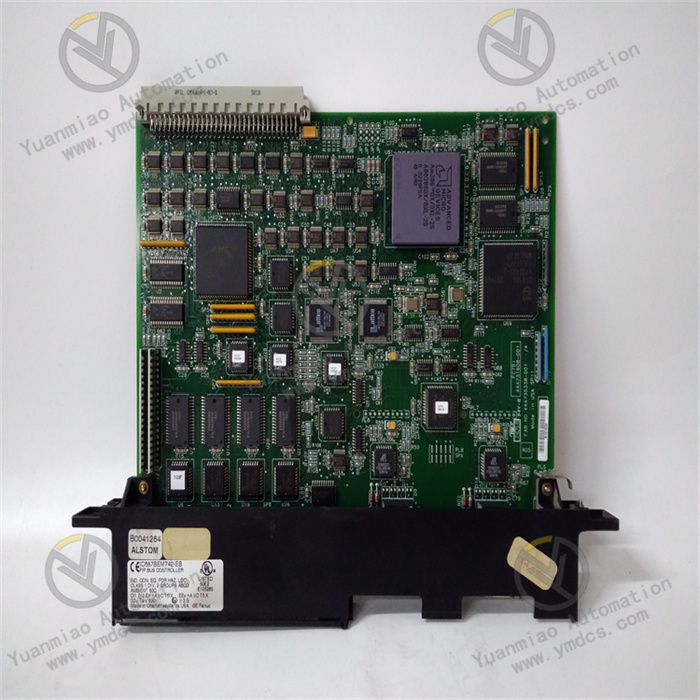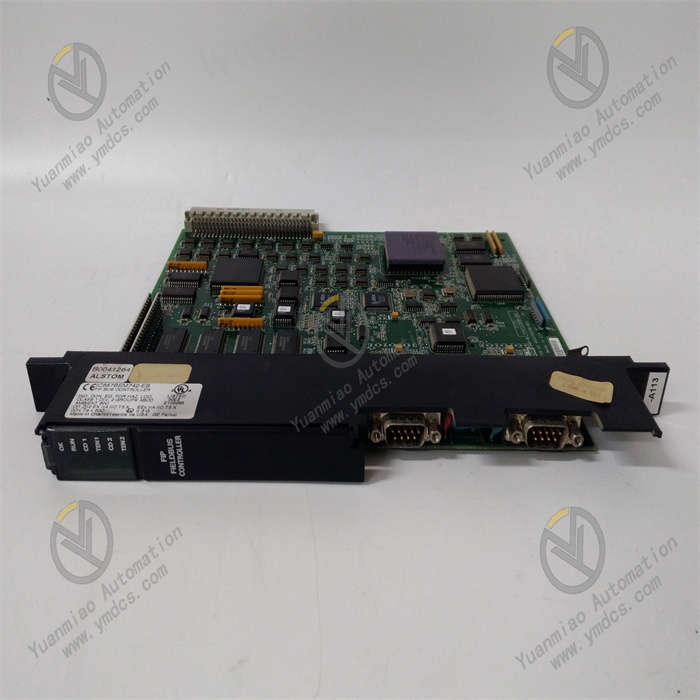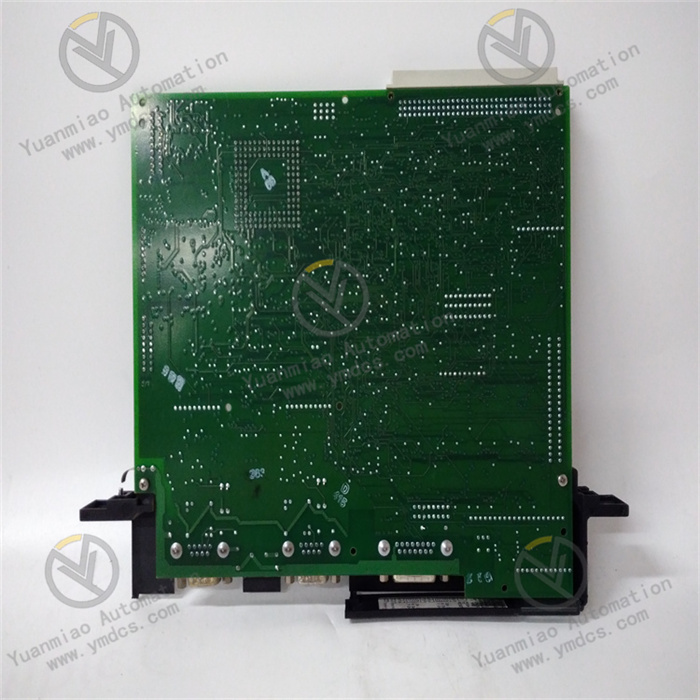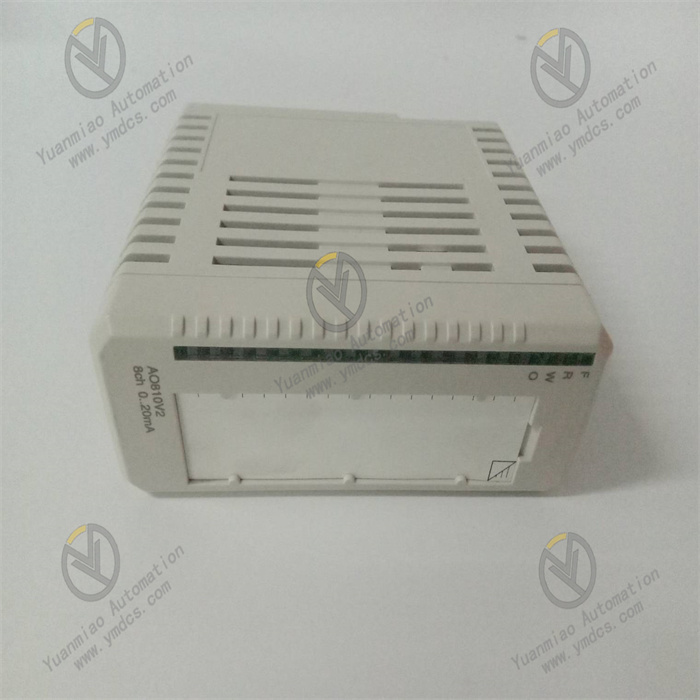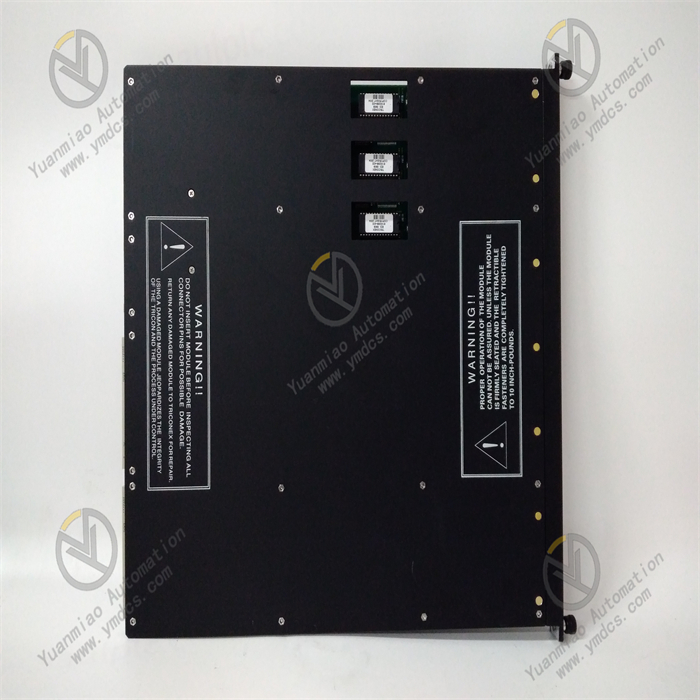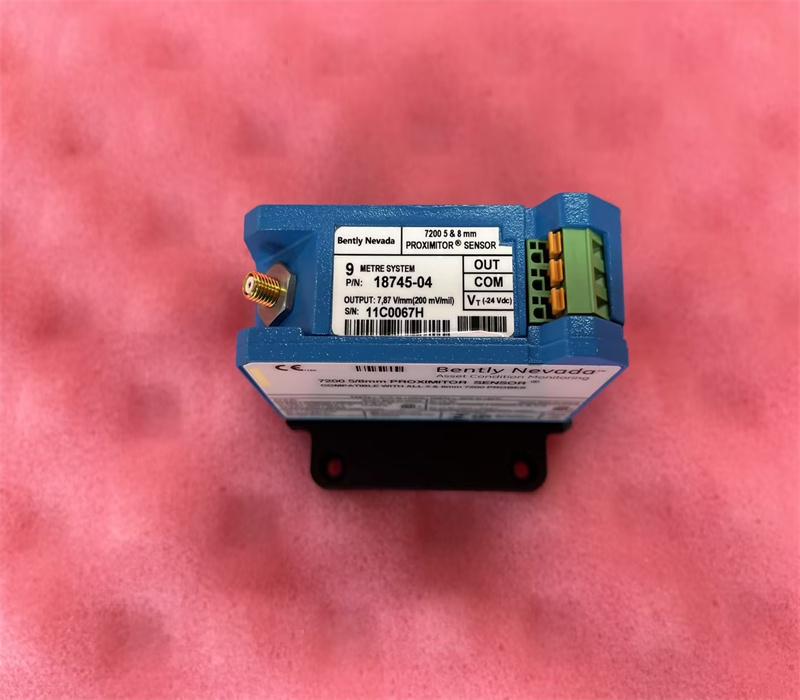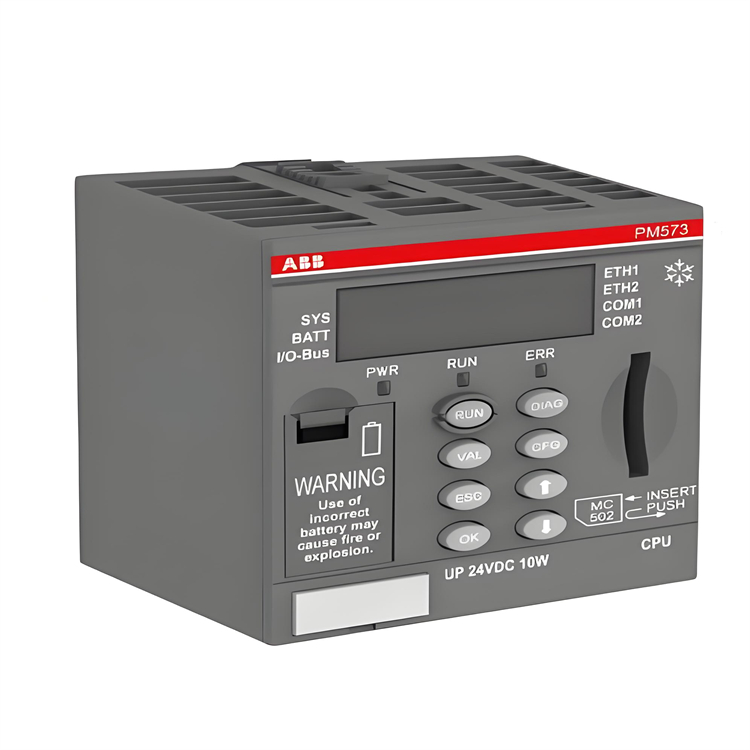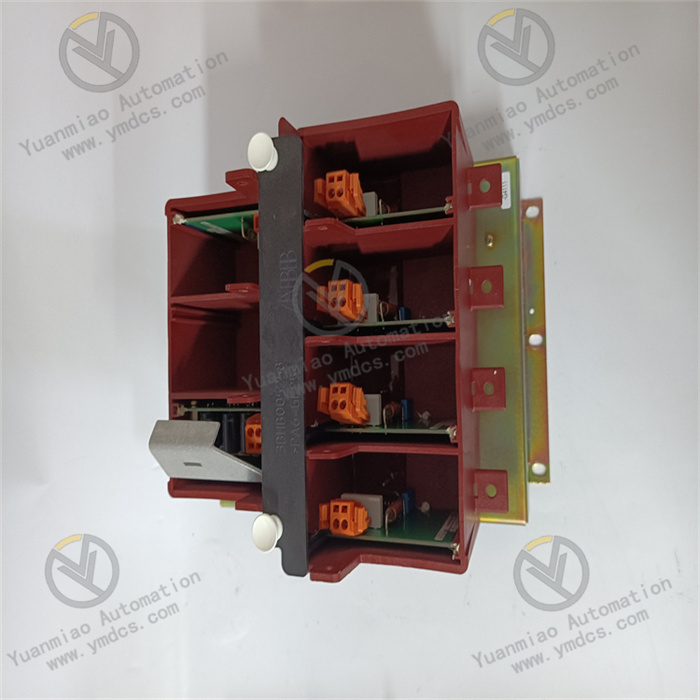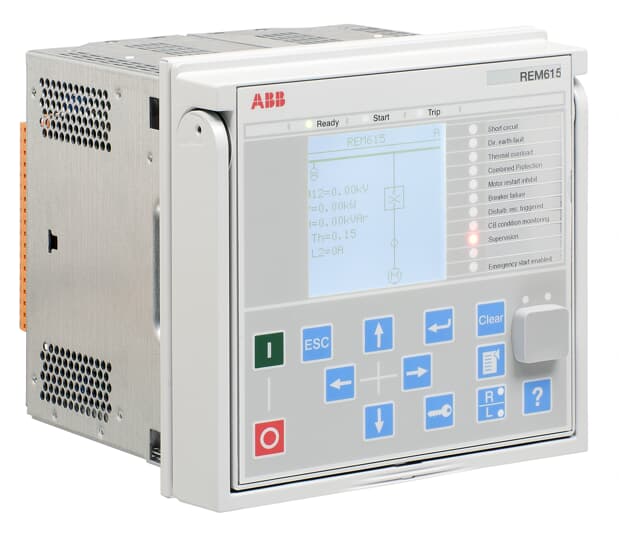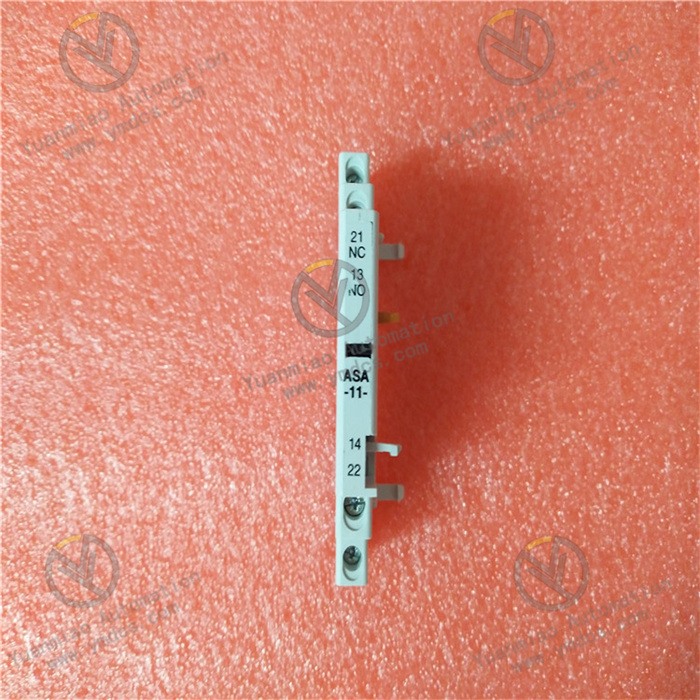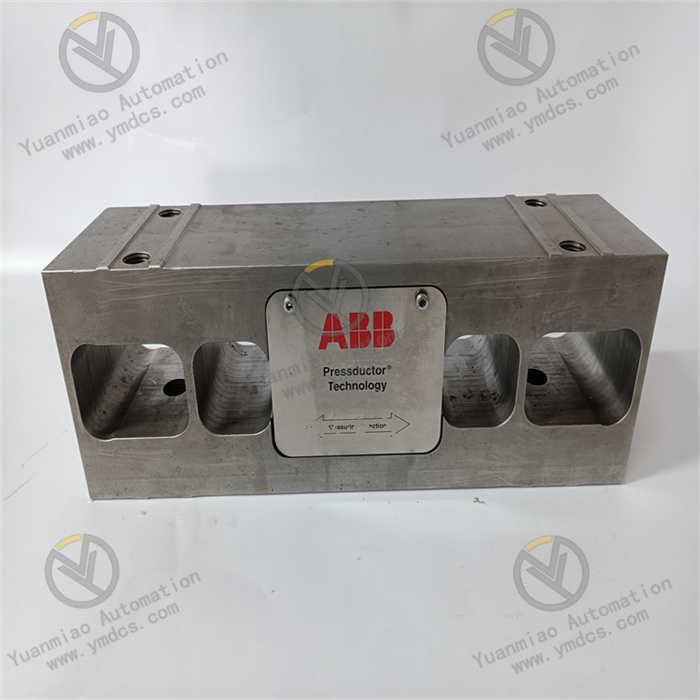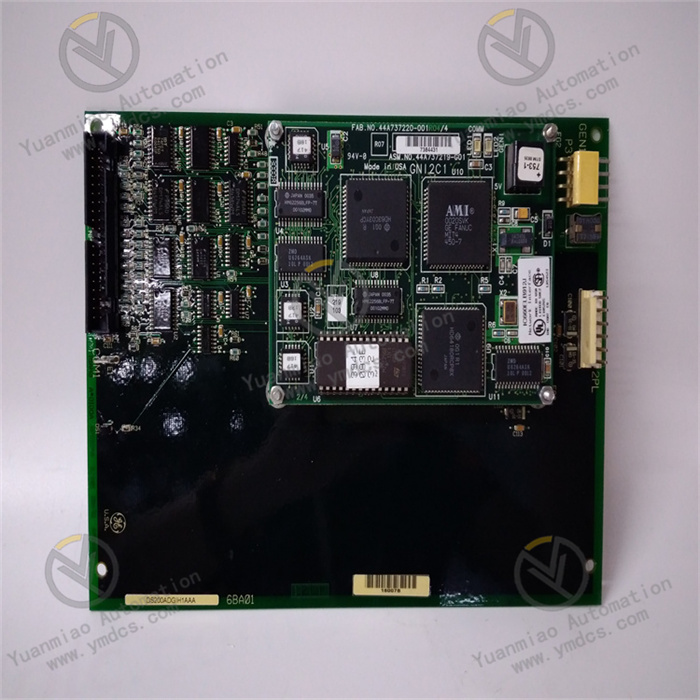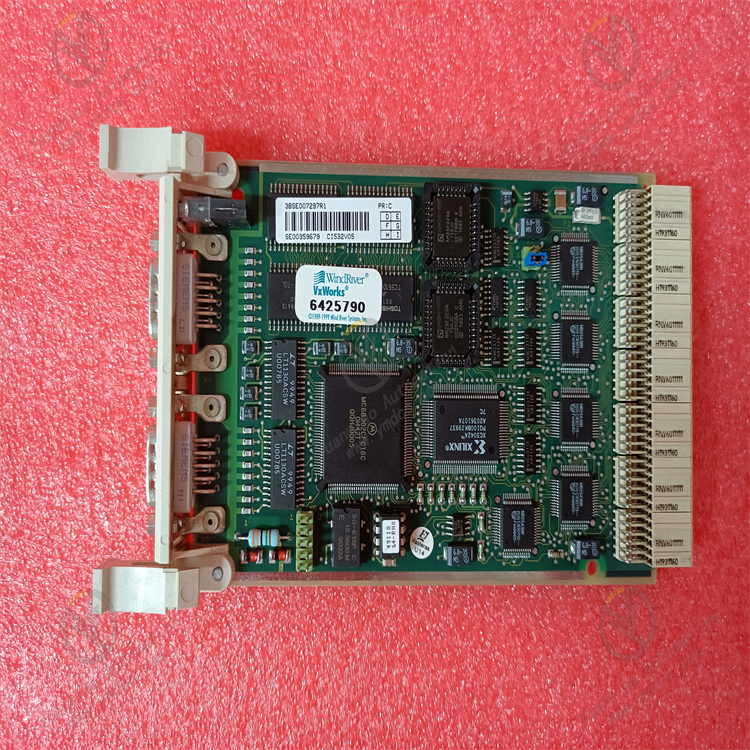Description
GE Fanuc IC687BEM742
I. Product Overview
GE Fanuc IC687BEM742 is a high-performance industrial communication expansion module belonging to the 90-70 series. Its core positioning is to serve as a "multi-protocol integrated communication hub" for medium and large-scale industrial automation systems, specifically designed to address the interconnection challenges of "multiple devices, multiple systems, and multiple protocols" in complex industrial scenarios. Its core function is to expand high-bandwidth and multi-type industrial communication interfaces for the 90-70 series PLCs, enabling high-speed data interaction between PLCs and upper-level monitoring systems (SCADA/MES), third-party intelligent devices (inverters, robots, vision sensors), remote I/O clusters, and cloud platforms. It is widely applicable to industrial fields with strict requirements for communication bandwidth, protocol compatibility, and system stability, such as power, metallurgy, automobile manufacturing, and chemical engineering.
IC687BEM742 integrates the core advantages of "high-bandwidth transmission + full-protocol coverage + industrial-grade redundancy":
- It supports the parallel operation of Gigabit Ethernet and multiple types of fieldbus protocols, with a communication rate 10 times higher than that of previous-generation modules, meeting the real-time transmission needs of large-volume data (such as high-definition vision images and multi-axis motion parameters).
- It is compatible with mainstream industrial protocols and third-party devices, breaking down brand and system barriers.
- Meanwhile, it features dual-network redundancy, wide-temperature adaptability, and strong electromagnetic interference resistance, enabling stable operation in industrial sites with high dust levels, strong electromagnetic interference, and continuous operation.
Compared with ordinary communication expansion modules, it has more advantages in bandwidth, redundancy capability, and protocol expandability; compared with general-purpose communication gateways, it has native compatibility with the 90-70 series PLCs, allowing rapid integration without complex configuration. Thus, it is a core component for communication upgrading of medium and large-scale industrial systems.
II. Technical Specifications
(I) Communication Protocols and Interface Parameters
| Parameter Category | Specific Specifications |
|---|---|
| Supported Protocols | 1. Industrial Ethernet Protocols: Gigabit Ethernet (supports TCP/IP, Modbus TCP/IP V2, EtherNet/IP Class 1/3); 2. Fieldbus Protocols: Profibus-DP V1 (master/slave mode), DeviceNet (master/slave mode); 3. Serial Protocols: 2 RS-485 interfaces (supports Modbus RTU, DF1 full-duplex) |
| Communication Interfaces | 1. 2 Gigabit Ethernet interfaces (RJ45 form, supports MDIX auto-crossover and network redundancy); 2. 1 Profibus-DP interface (DB9 pin type, adaptive baud rate of 9.6kbps-12Mbps); 3. 1 DeviceNet interface (5-pin terminal block, adaptive baud rate of 125/250/500kbps); 4. 2 RS-485 interfaces (terminal block, baud rate of 1200bps-115200bps, with 120Ω terminal resistor) |
| Communication Performance | The transmission rate of a single Gigabit Ethernet interface is ≤1000Mbps; Modbus TCP data transmission delay is ≤3ms; Profibus-DP cyclic communication delay is ≤2ms; DeviceNet node response time is ≤5ms |
| Maximum Connections | The Ethernet interface supports a maximum of 64 TCP connections; Profibus-DP supports a maximum of 124 slaves; DeviceNet supports a maximum of 63 nodes; each RS-485 interface supports a maximum of 32 nodes |
(II) Hardware and Power Supply Parameters
- Processor: 32-bit dual-core industrial-grade communication processor (with a clock speed of 500MHz), supporting multi-protocol parallel processing and independent resource allocation (e.g., one core for Ethernet communication, and the other for fieldbus and serial communication), avoiding resource preemption between protocols.
- Storage Configuration: 16MB Flash (for storing protocol firmware and configuration files), 8MB RAM (for real-time communication data caching, supporting 1MB large-capacity data frame caching).
- Power Supply Requirements: 5VDC±10% bus power supply (taken from the 90-70 series PLC rack power supply), operating current ≤500mA, power consumption ≤2.5W (under full-load conditions), supporting reverse power connection protection (no damage under reverse voltage of ≤12V DC).
- Physical Dimensions: 140mm (length) × 165.1mm (width) × 50.8mm (height), compatible with 90-70 series standard racks, occupying 1 module slot, with a weight of approximately 0.3kg.
- Installation Method: 35mm DIN rail mounting (requires matching with 90-70 series racks), with a spacing of ≥8mm between modules to ensure heat dissipation (to meet the heat dissipation requirements of Gigabit Ethernet chips).
(III) Environmental and Reliability Parameters
- Operating Temperature Range: -25℃~+65℃, supporting low-temperature startup (no preheating required in -25℃ environment, startup time ≤45s).
- Storage Temperature Range: -40℃~+85℃, humidity range 5%~95% (no condensation, compliant with IEC 60068-2-3 standard).
- Electromagnetic Interference Resistance: Compliant with EN 61000-6-2 industrial immunity standard; Electrostatic Discharge (ESD) protection level of ±15kV (air)/±8kV (contact); Radio Frequency Radiation Immunity level of 10V/m (80MHz~1GHz); Electrical Fast Transient/Burst Immunity level of 4kV (power supply terminal)/2kV (signal terminal).
- Redundancy and Reliability: Supports Ethernet dual-network redundancy (MRP/PRP protocol), with a switching time ≤100ms; Mean Time Between Failures (MTBF) ≥100,000 hours (compliant with MIL-HDBK-217 standard, in 25℃ environment).
- Certification Standards: CE (EN 61010-1/EN 61000-6-4), UL (UL 508), RoHS 2.0, ATEX (for explosion-proof scenarios).
III. Functional Features
(I) High-Bandwidth Multi-Protocol Parallel Communication for Large-Capacity Data Transmission
With "Gigabit bandwidth + full-protocol coverage" as its core, IC687BEM742 addresses the high-speed data interaction needs of medium and large-scale industrial systems:
High-Speed Gigabit Ethernet Transmission
The 2 Gigabit Ethernet interfaces support 1000Mbps full-duplex communication. A single interface can simultaneously transmit 100 channels of analog data (such as temperature and pressure) or 10 channels of vision sensor image data (1MB per frame, 10ms transmission cycle). For example, in an automobile body vision inspection production line, the module simultaneously receives inspection images (1.2MB per frame) from 8 Keyence vision sensors via Gigabit Ethernet, with a transmission delay ≤3ms. This ensures the PLC obtains image analysis results (such as "body weld deviation") in real time and triggers sorting actions within 5ms.
Independent Operation of Multiple Protocols
The dual-core processor allocates independent resources to different protocols, enabling Ethernet, Profibus-DP, DeviceNet, and RS-485 protocols to operate simultaneously without mutual interference. For example, in a rolling mill control system of a metallurgical plant, the module uploads rolling mill torque and speed data to the SCADA system via Gigabit Ethernet (Modbus TCP) at a transmission frequency of 100Hz, controls 20 Siemens inverters (roller speed adjustment, 2ms cycle) via Profibus-DP, and collects data from 30 pressure sensors (5ms sampling cycle) via DeviceNet. The communication delay of each protocol meets the control requirements.
Support for Large-Frame Data
The RAM cache supports 1MB large-capacity data frames, enabling direct transmission of large-volume data such as high-definition images and 3D point clouds. For example, in a lithium battery pole piece defect detection system, the module receives panoramic images of pole pieces (800KB per frame) output by vision sensors and forwards them directly to the PLC for defect identification without fragmenting the transmission, avoiding transmission delays and data loss caused by fragmentation.
(II) Dual-Network Redundancy and Fault Self-Healing to Ensure Communication Continuity
In response to the high requirements for communication reliability in industrial systems, the module enhances redundancy design and fault recovery capabilities:
Ethernet Dual-Network Redundancy
It supports MRP (Media Redundancy Protocol) and PRP (Parallel Redundancy Protocol). The 2 Ethernet interfaces can connect to different switches to form a redundant network. When the main network (e.g., switch failure) is interrupted, the backup network takes over communication within ≤100ms, ensuring uninterrupted data transmission. For example, in a boiler control system of a thermal power plant, the module connects the PLC and DCS system via dual-network redundancy. When the main network is disconnected due to cable aging, the backup network restores communication within 80ms, ensuring real-time transmission of key parameters such as boiler water level and pressure, and avoiding shutdown accidents.
Protocol-Level Fault Self-Healing
It has a built-in protocol fault monitoring and reconnection mechanism. When a Profibus-DP slave (e.g., inverter) goes offline, the module automatically attempts to reconnect (reconnection interval of 50ms). If reconnection fails, it triggers an alarm and records a fault log. For example, in an automobile welding robot workstation, if the Profibus-DP communication of a robot is interrupted, the module attempts to reconnect within 50ms. After 3 failed reconnection attempts, it sends an alarm signal to the HMI via the RS-485 interface while maintaining normal communication with the other 19 robots.
Data Breakpoint Resume Transmission
After communication is restored, the module automatically supplements the historical data (such as analog trends and device status) during the interruption period. For example, in a remote oil and gas field monitoring system, if the Gigabit Ethernet is interrupted for 2s due to signal interference, the module automatically supplements 200 pieces of pressure sensor data (10ms sampling cycle) to the SCADA system after the connection is restored, ensuring data integrity and production traceability accuracy.
(III) Full-Scenario Device Compatibility to Break Down Brand and System Barriers
Through multi-protocol support and hardware adaptation, the module achieves full-scenario industrial device compatibility:
Seamless Connection with Third-Party Devices
It supports direct communication with mainstream brand devices, including Siemens S7-1500 PLC (Modbus TCP), Rockwell PowerFlex inverter (EtherNet/IP), Omron DeviceNet sensor, and Schneider ATV inverter (Profibus-DP). For example, in a food packaging production line, the module connects 15 Omron photoelectric sensors (packaging film positioning) via DeviceNet, controls 8 Schneider inverters (conveyor speed) via Profibus-DP, and connects 5 temperature controllers (heating edge-sealing temperature) via RS-485 (Modbus RTU), enabling collaborative control without custom drivers.
Adaptation to Legacy Devices
The 2 RS-485 interfaces support Modbus RTU and DF1 protocols, and can connect to legacy devices such as old PLCs (e.g., GE 90-30 series) and mechanical instruments. For example, in the renovation project of an old reactor in a chemical plant, the module connects 10 old temperature instruments (outputting 4-20mA signals, Modbus RTU protocol) via RS-485, converts the temperature data into Ethernet signals and uploads them to the new MES system, avoiding cost increases caused by replacing legacy devices.
Standard Protocol Expansion
It supports the Profibus-DP V1 specification and DeviceNet Electronic Data Sheet (EDS), enabling expansion of intelligent devices (such as inverters with diagnostic functions). For example, it reads fault codes (e.g., "overcurrent E001") and operating parameters (such as motor winding temperature) of Siemens inverters via Profibus-DP V1, realizing in-depth monitoring and predictive maintenance of device status.
(IV) Industrial-Grade Protection and Wide-Temperature Adaptation for Harsh Working Conditions
In response to the complex environment of industrial sites, the module optimizes hardware protection and environmental adaptability in an all-round way:
Enhanced Hardware Protection
- The circuit adopts a "four-level power isolation (isolation voltage ≥3000Vrms) + full signal shielding" design. Near a high-power inverter (output power 200kW) (electromagnetic radiation ≥15V/m), the analog data collection error of the module is ≤0.3% F.S. without data jumps.
- The interface terminals use gold-plated contacts (50μm thickness) with a contact resistance ≤5mΩ, supporting 20,000 insertions and extractions, which is suitable for frequent wiring and maintenance needs. The shell is made of flame-retardant PC+ABS material (compliant with UL94 V-0 standard) with an IP20 protection level, which can resist the intrusion of metal dust and oil stains.
Wide-Temperature and Harsh Environment Adaptation
The operating temperature range covers -25℃~+65℃. In cold workshops in northern winter (-20℃) or high-temperature workshops in southern summer (60℃), the communication delay fluctuation of the module is ≤0.5ms. It supports high humidity (95% without condensation) and low air pressure (2000m altitude) environments, and can be used in hydropower stations in plateau areas or coastal high-humidity factories.
Vibration and Shock Resistance
It complies with the IEC 60068-2-6 vibration resistance standard (10g acceleration, 10Hz~2000Hz) and IEC 60068-2-27 shock resistance standard (30g acceleration, 11ms pulse). It can be installed on mobile equipment (such as port cranes) or near machine tools with large vibrations, and communication stability is not affected.


